Benefits Of LED Lights To The Environment In Houston
Today, conserving the environment must be a duty that every person should feel obligated to perform. We are all aware of various eco-friendly policies such as recycling to reduce the waste we create and minimize our carbon footprint. But, a majority of the population does not know about the latest and emerging technologies that we can utilize to cut carbon emissions. One excellent example is LED lighting, which helps to keep the environment clean.
Energy Saving
LED lighting exceeds the efficiency of traditional lighting such as incandescent and fluorescent lights by up to 80%. They have a 95% energy conversion rate, only 5% of LEDs energy goes to waste as heat. This is in contrast to fluorescent lighting which wastes as much as 95% of the energy, just 5% is turned into the light! Also, LEDs draw lower power compared to traditional lights: a normal 84-watt fluorescent can be substituted by a 36-watt LED to generate a similar amount of light. Energy-saving characteristics minimize the need for energy from power plants and reduce gas emissions from greenhouses.
Because LEDs consume more low-cost energy in comparison to an incandescent bulb, there is a huge reduction in power expenses, and consequently, a drastic fall in your monthly utility bills. Energy and money are saved on servicing and replacement expenses because of the durability of LEDs.
Free From Toxic Substances
LED lights are clean and without toxic substances. Most commercial buildings are currently using fluorescent strip lights that carry harmful substances such as mercury. This will pollute the surroundings when dumped in a landfill. Discarding such waste has to be done through a certified waste management provider, thus upgrading to LED lights eliminates the time and cost required for compliance during disposal, at the same time it keeps away additional toxic waste from the environment. LED is also considered clean or eco-friendly and can be recycled.
Fewer Lights Required
LEDs possess superior light distribution capabilities and focus light in a single direction in contrast to other kinds of light that misuse energy by radiating light in every direction, often providing light to sections where light is inessential like the ceiling. For this reason, a lower number of LED lights are required to attain a similar degree of brightness produced by incandescent and fluorescent lights. Lesser lights will cut energy usage, and this will be an advantage to the environment.
Long Active Life
A longer expected life implies reduced carbon emissions. LEDs have an expected life of almost 60,000 hours whereas incandescent bulbs have a standard lifespan of 1,500 hours. A good LED light can function properly when in regular use for more than 7 years before requiring replacement. LED lights remain functional for six times longer than other kinds of lighting, reducing the need for repeated replacement. As a consequence, fewer lights are used, therefore, lesser resources are required for production, packaging, and distribution. The prolonged life span of LED lights will drastically cut maintenance expenses and reduce long-term running expenses in contrast to traditional fluorescent and Lamoureux lights.
If you would like to discover more tips and tricks from Robert Huff Illuminations; visit our blog. Call or contact us today for more information!

